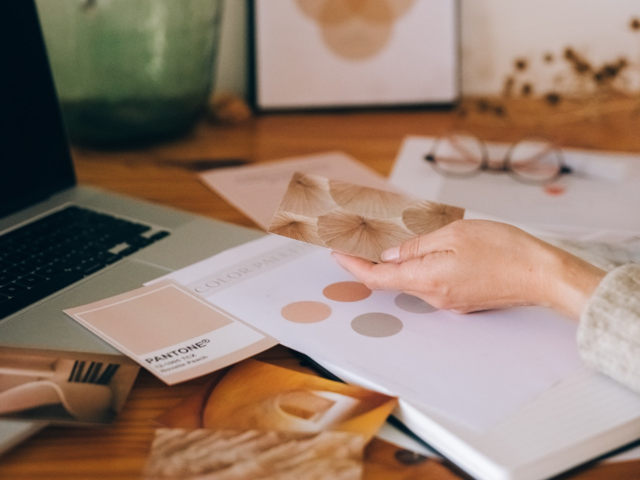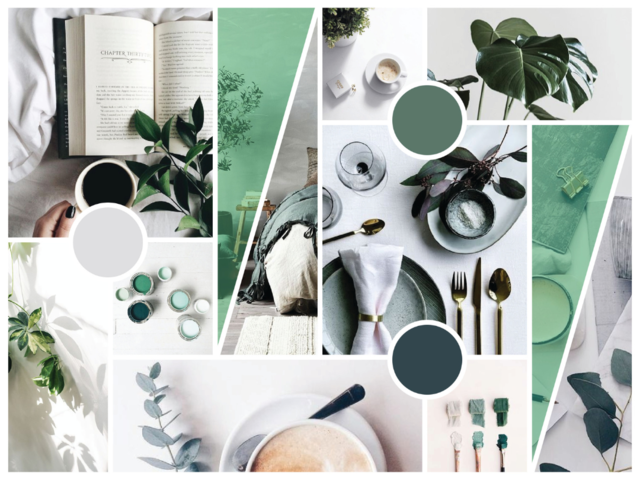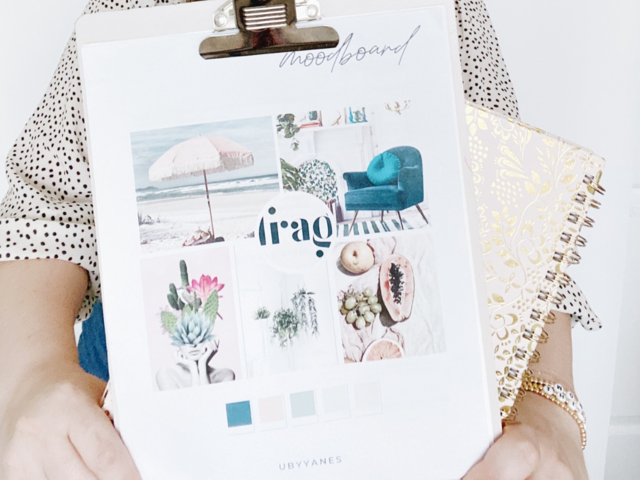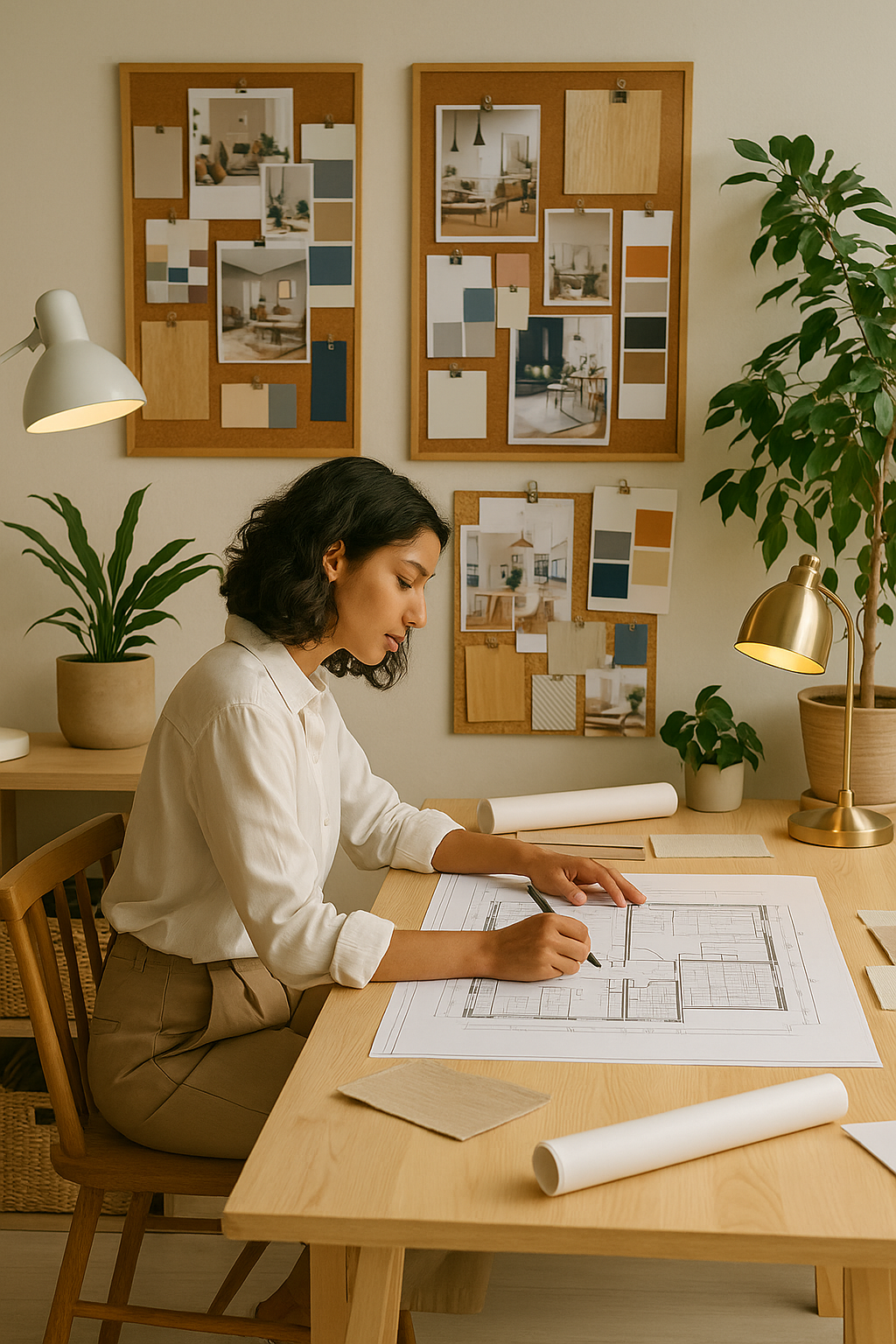Creating a concept is usually the first step within the design stages. After a brief has been received from the client in which their wishes, ideas, and preferences have been laid out, it's time to create a design concept.
This often originates from unusual sources, like a colourful scarf, an image found in a magazine, a piece of driftwood or a favourite holiday photograph.

Image source: Pexels.
Design concept
A design concept can also be built around a certain theme, for example, a client might be particularly fond of the Georgian era and would like to have these design elements replicated within the new design, or they are drawn to ethnic prints and patterns and would like these to be a main feature of the design.
Whichever idea or concept a design is based upon, to make it relevant as a source for the design process, it is advisable to create a concept board for the client.

Image source: Shutterstock.
Concept board
The terms concept board, mood board and inspiration page are often used interchangeably. Due to the creative nature of interior design, you may see subtle differences in exactly how designers present these boards. However, the purpose of each of these documents is to convey an initial concept rather than a final design idea.
A concept or mood board does not show specific samples of materials or furniture, as these will not have been chosen this early in the design process. Instead, it merely expresses the mood or the idea of the proposed design.
It is an abstract depiction of mood, feeling, textures and style which the resulting interior design scheme should reflect. This method not only gives assurance to the client that the design is built upon a mutually agreed concept, but it also ensures that the designer can confidently research and design a scheme they know the concept has been agreed to by the client.
Your concept board acts as a reference point at all stages of the design process. Once the client is happy with the concept, you can refer to it throughout the entire project.
Tips for your mood/concept/inspiration boards
-
You should consider the placement of text and imagery to ensure a balanced and professional board.
-
Make use of appropriately sized imagery and/or text.
-
Avoid any blurred imagery.
-
Select imagery which enhances your board and assists in visually representing your design idea in a cohesive manner. For example, if your design idea is based around a minimalist style, it would confuse your client if you were to include imagery that contradicts this style preference such as heavy, ornate furniture.
-
Avoid imagery that is too specific at this stage as these are only initial ideas capturing a mood/atmosphere/idea. If your board is filled with very specific products, your client may assume these are the exact items to be used. This could cause misunderstandings with your client as they might believe you have done detailed research for these elements (e.g. cost, availability or material properties).
When creating a physical board keep the following tips in mind:
-
Make sure to use a scalpel and cutting mat for cutouts.
-
Consider double mounting your images and cut-outs for further definition and an effective presentation.
-
Make use of neat uniform lettering.
-
Use the correct colour board that enhances your presentation and be creative!

Image source: Unsplash.
Read more about interior design.
Whether you're looking to become an interior designer, decorate your own home or start a successful interior design business, we have the right course for you.

